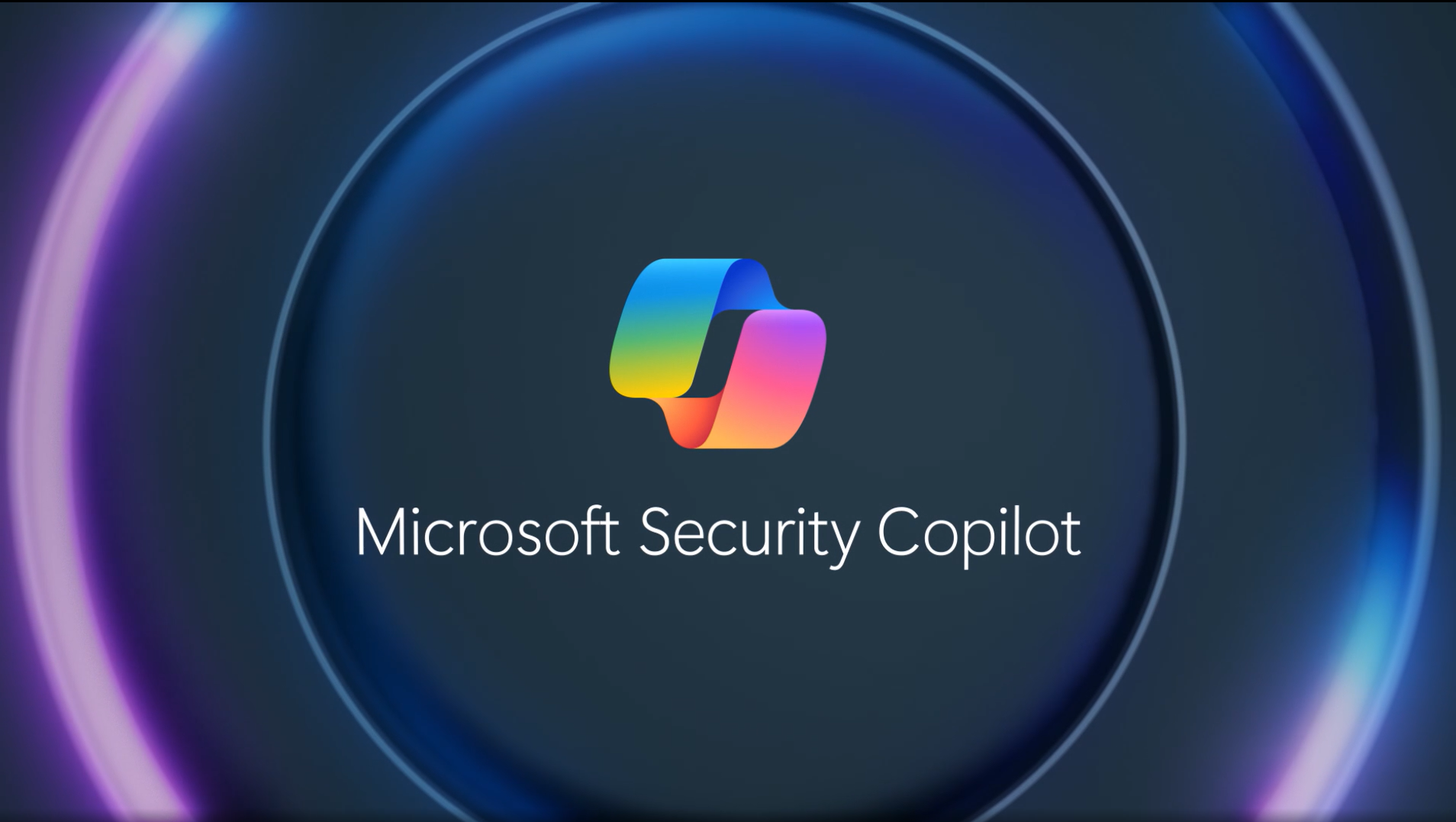Black Hat USA 2025 Roundup: Key Cybersecurity Lessons and How Indiko Data Helps
Black Hat USA 2025 just wrapped up in Las Vegas, and it comes at a critical time for cybersecurity. AI is advancing exponentially, and even geopolitical tensions are raising cyber risks globally. The conference gathered thousands of security professionals to discuss one pressing question: Does a robust cyber defence now require offensive tactics? The consensus from Vegas: Yes.
Modern threats like AI-driven malware, supply chain breaches, and lightning-fast data theft are rewriting the security playbook. Traditional reactive security is no longer enough – staying ahead means anticipating attackers, testing your own defences, and leveraging AI in your favour. Businesses need partners who understand these evolving risks and the solutions.
At Indiko Data, we followed Black Hat 2025 closely. Below, we break down the top lessons learned and explain how Indiko Data’s expertise helps you turn these insights into action.
1. AI-Powered Attacks Are Outpacing Defences
What Black Hat Revealed:
• Attackers are weaponising AI to craft hyper-targeted phishing lures, automate malware, and evade detection.
• Sessions like "Weaponising Apple AI for Offensive Operations" showed how even trusted platforms (like Apple’s AI frameworks) can be exploited by clever malware techniques. In short, AI is now a force multiplier for hackers.
How Indiko Data Helps:
We use AI on the defensive side to fight back:
✅ Automated anomaly detection – Both Acronis and Microsoft offer systems that utilise machine learning to spot unusual behaviour faster, catching AI-generated attacks that traditional tools might miss. Talk to us about how we can help you get AI to fight on your side.
2. Cloud & Third-Party Risks Are the Weakest Link
What Black Hat Revealed:
• 67% of breaches now originate in the supply chain – with cloud misconfigurations and vulnerable vendors as top culprits. Attackers know that hacking a supplier or poorly configured cloud service can be their easy entry point.
• Talks like "Advanced Active Directory to Entra ID Lateral Movement Techniques" exposed how attackers pivot through hybrid environments (on-prem AD to cloud Azure AD), exploiting trust between systems. Your security is only as strong as your weakest partner or misconfigured setting.
How Indiko Data Helps:
We excel in cloud security posture management and third-party risk assessments to help you shore up these weak links:
✅ Microsoft 365 backup & recovery – We ensure you have independent backups of cloud data (Microsoft’s own data protection is limited). This keeps your info safe even if a cloud app is compromised. We can help you identify the gaps in your readiness and help you fill them with the most capable solutions and designs.
3. Offensive Security Is Now Non-Negotiable
What Black Hat Revealed:
• Defenders who think like attackers win. Teams that regularly conduct red teaming and adversarial simulations drastically reduce their breach risk (one stat showed it can cut likelihood of a major incident by nearly 50%). It’s no longer enough to react; you must actively probe your own defences.
• Tools like Threat Tracer (debuted at Black Hat) visualise attack paths to help prioritise fixes. The message was clear: being proactive, by hunting threats and practicing incident response, is essential to stay ahead of adversaries.
How Indiko Data Helps:
We don’t just monitor for threats – we actively hunt them and strengthen your defences before real attacks happen:
✅ Incident response planning – We help create and rehearse incident response plans tailored to your business, so if an attack happens, your team is ready to respond effectively and meet your recovery objectives (RTO/RPO). Don’t get caught out and have to make thing up on the fly – let us help you plan ahead and test in advance.
4. Data Exfiltration Is Faster Than Ever
What Black Hat Revealed:
• Infostealers like Lumma and Vidar are surging – stealthy malware that siphon data. Over 30 million stolen login records were floating around dark web markets in 2024 alone. Attackers can monetise your data or use it for extortion within days of a breach.
• Sessions like "Hackers Dropping Mid-Heist Selfies" showed creative ways attackers extract data (even taking screenshots of sensitive info mid-breach). The moment hackers get in, they try to exfiltrate your crown jewels quickly.
How Indiko Data Helps:
We assume breaches can happen and make sure that even if attackers grab data, you don’t lose it permanently (and you know about it right away):
✅ Immutable storage + safe restores – Only around 60% of businesses use immutable storage for their backups. Protect your backup repositories from destructive hackers and restore with confidence. We can even test your backups in your own time and prove that they work way before you need to use them in anger.
The Bottom Line
Black Hat 2025 made one thing clear: reactive security is dead. Today’s threat landscape, with AI-empowered attacks, cloud supply chain exploits, and blitzkrieg data theft, demands a blend of offensive tactics, AI-driven defence, and resilient backup strategies. In other words, to outpace modern hackers, you need to think like them, equip yourself with cutting-edge tools, and prepare for the worst (while hoping for the best).
This is exactly the approach we take at Indiko Data. We pride ourselves on being the security partner who stays ahead of the curve, so you don’t have to play catch-up. Our team is continuously digesting insights from events like Black Hat and converting them into tangible improvements in how we protect our clients. We combine the human expertise (skilled security professionals) with smart technology to create a defensive posture that’s always learning, adapting, and ready to meet the next attack head-on.
In cybersecurity, the winners are the ones who learn and evolve fastest. With Indiko Data by your side, you gain a partner that is constantly evolving, anticipating the tactics of attackers and turning Black Hat insights into real-world protection for your organisation.











